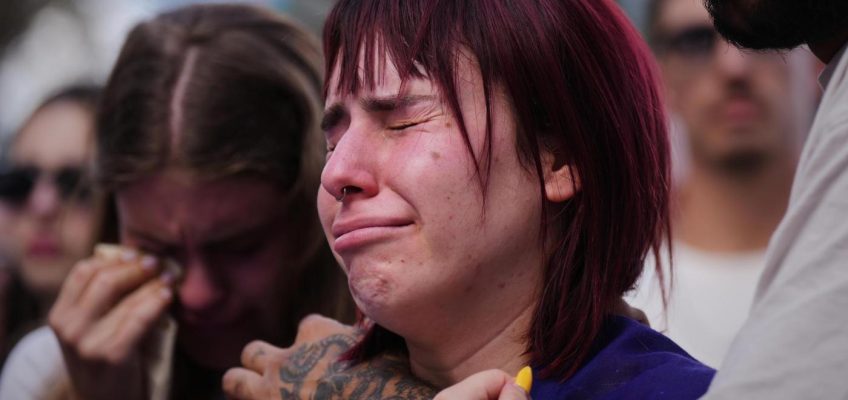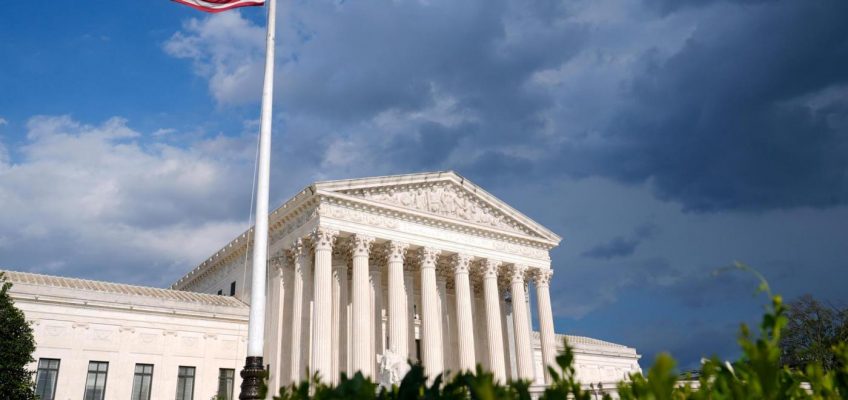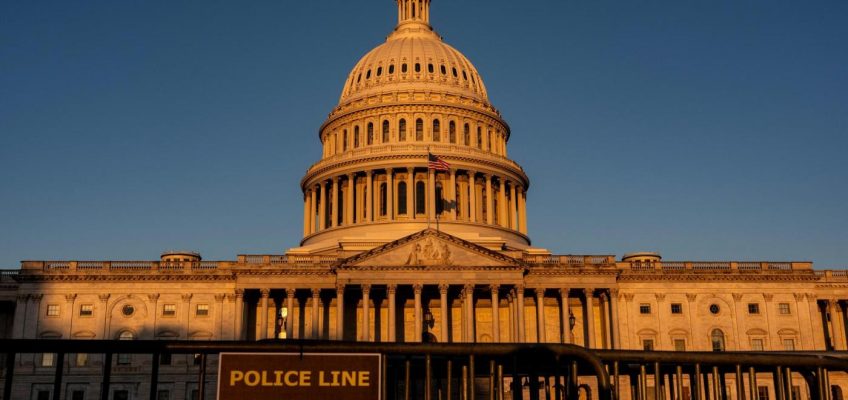By SAMY MAGDY and DAVID RISING, Associated Press
CAIRO (AP) — Peace talks between Israel and Hamas resumed at an Egyptian resort city on Tuesday, the two-year anniversary of the militant group’s surprise attack on Israel that triggered the bloody conflict that has seen tens of thousands of Palestinians killed in Gaza.
The second day of indirect negotiations at the Red Sea resort of Sharm el-Sheikh are focused on a plan proposed by U.S. President Donald Trump last week that aims to bring about an end to the war.
After several hours of talks Monday, an Egyptian official with knowledge of the discussions said the parties agreed on most of the first-phase terms, which include the release of hostages and establishing a ceasefire. The official, who spoke on condition of anonymity to discuss the private meetings, said the talks resumed Tuesday afternoon.
The plan has received widespread international backing, and Trump told reporters on Monday that he thought there was a “really good chance” of a lasting deal.
“This is beyond Gaza,” he said. “Gaza is a big deal, but this is really peace in the Middle East.”
Egypt’s Foreign Minister Badr Abdelatty told journalists that members of the U.S. delegation would join the talks on Wednesday.
Trump’s peace plan
Many uncertainties remain, however, including the demand that Hamas disarm and the future governance of Gaza.
A newly elected mayor in Germany is found with serious stabbing wounds
Nobel Prize in Physics goes to 3 scientists whose work advanced quantum technology
Today in History: October 7, Matthew Shepard beaten and left tied to a Wyoming fencepost
Southern right whales awe admirers in Patagonia after coming back from brink of extinction
Solar and wind power has grown faster than electricity demand this year, report says
Israeli Prime Minister Benjamin Netanyahu has long said Hamas must surrender and disarm, but Hamas has not yet commented.
The plan envisions Israel withdrawing its troops from Gaza after Hamas disarms, and an international security force being put in place. The territory would be placed under international governance, with Trump and former U.K. Prime Minister Tony Blair overseeing it.
The war began on Oct. 7, 2023, when Hamas stormed into southern Israel and killed around 1,200 people, mostly civilians, and abducted 251.
The devastating war that has ensued has upended global politics, resulted in the deaths of 67,160 Palestinians and nearly 170,000 wounded, according to Gaza’s Health Ministry, and left the territory in ruins.
The ministry does not differentiate between civilians and combatants, but says more than half of the deaths were women and children. The ministry is part of the Hamas-run government, and the United Nations and many independent experts consider its figures to be the most reliable estimate of wartime casualties.
A growing number of experts, including those commissioned by a U.N. body, have said Israel’s offensive in Gaza amounts to genocide — an accusation Israel vehemently denies.
On Tuesday at the area attacked by Hamas two years ago, thousands of Israelis gathered to pay tribute to loved ones who were killed and kidnapped. An explosion echoed across the fields following the launch of a rocket in northern Gaza. No damage or injuries were reported.
People attend a memorial service marking two years since the Oct. 7, 2023, Hamas cross-border attack on Israel, in Kibbutz Kfar Aza, southern Israel where many of its community members were Killed and abducted, Tuesday, Oct. 7, 2025. (AP Photo/Ohad Zwigenberg)
In Gaza City, residents said Israeli attacks continued until Tuesday’s early hours. There were no immediate reports of casualties.
“We pray to God that this war will end as soon as possible, today instead of tomorrow,” Sanaa Adwan, a displaced woman, said in Khan Younis on Monday.
A promise of humanitarian relief
Ahead of the resumption of talks, U.N. Secretary-General Antonio Guterres said the hostilities have created “a humanitarian catastrophe on a scale that defied comprehension.”
“The recent proposal by U.S. President Donald J. Trump presents an opportunity that must be seized to bring this tragic conflict to an end,” Guterres said in a statement.
Mediators from Qatar and Egypt are facilitating the talks, meeting first on Monday with members of the Hamas delegation and later with those from Israel.
Monday’s talks went for four hours, according to Majed al-Ansari, a spokesman for Qatar’s Foreign Ministry.
Israel’s delegation included Gal Hirsch, coordinator for the hostages and the missing from Netanyahu’s office. Hamas representatives included top negotiator Khalil Al-Hayya.
White House spokesperson Karoline Leavitt said Monday that U.S. envoy Steve Witkoff and Trump’s son-in-law Jared Kushner were on hand to take part in the talks.
She did not comment on a specific deadline for concluding them, but said it is important “that we get this done quickly.”
Part of the plan is to surge humanitarian aid into Gaza, where more than 2 million Palestinians are facing hunger and, in some areas, famine.
U.N. spokesman Stephane Dujarric said there are “many thousands of metric tons in the pipeline of goods ready to enter” from Jordan, the Israeli port of Ashdod and elsewhere.
Rising reported from Bangkok. Melanie Lidman in Reim, Israel; Sam Mednick in Tel Aviv, Israel;Jon Gambrell in Dubai, United Arab Emirates and Edith M. Lederer at the United Nations contributed.




